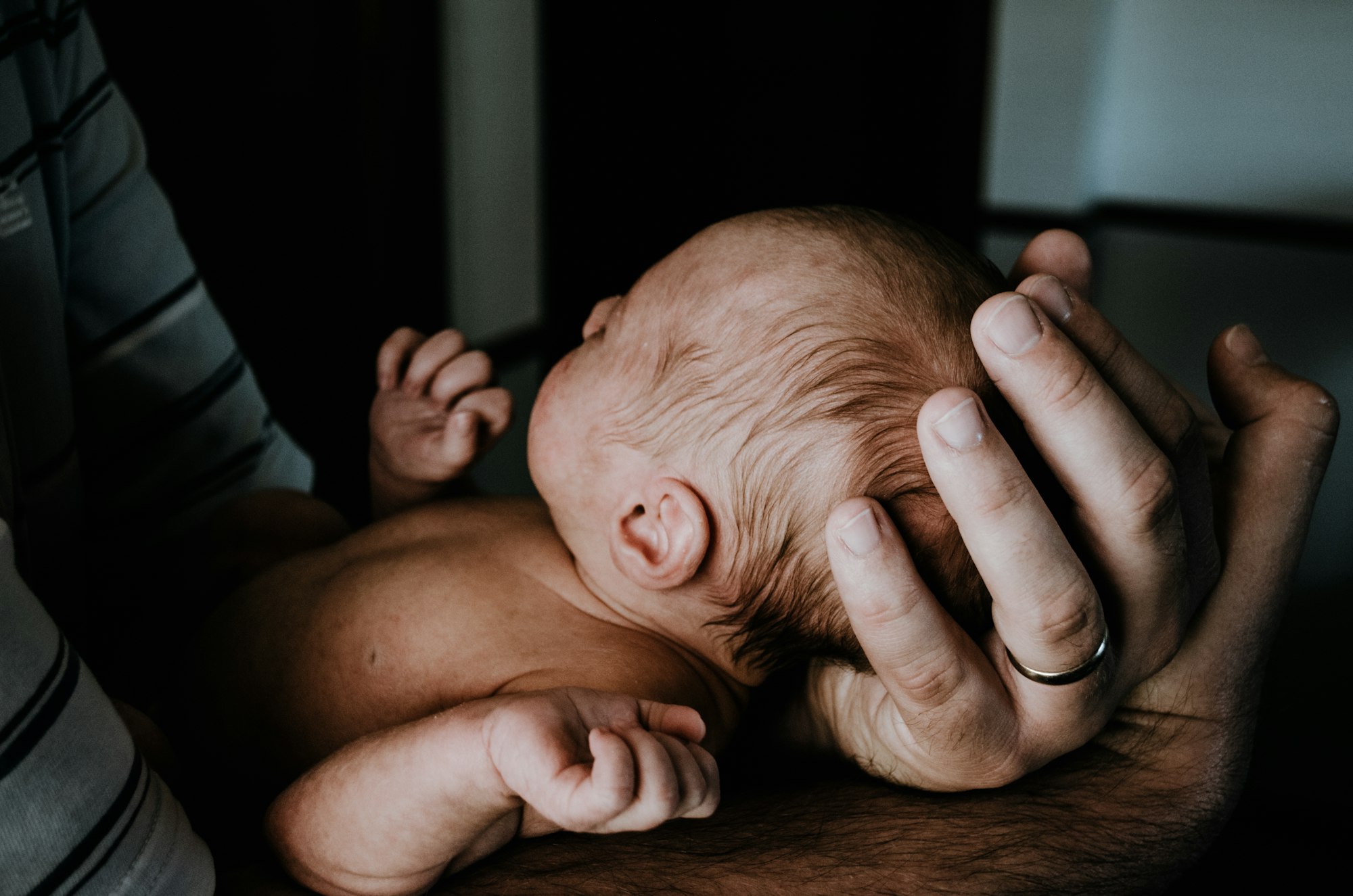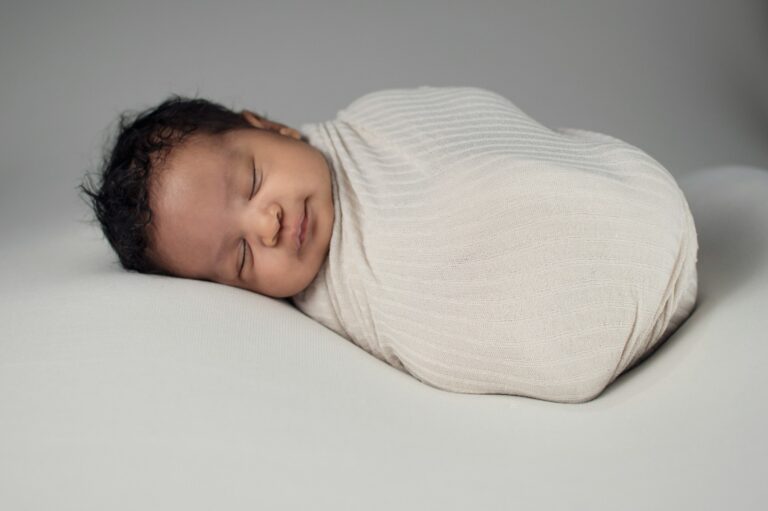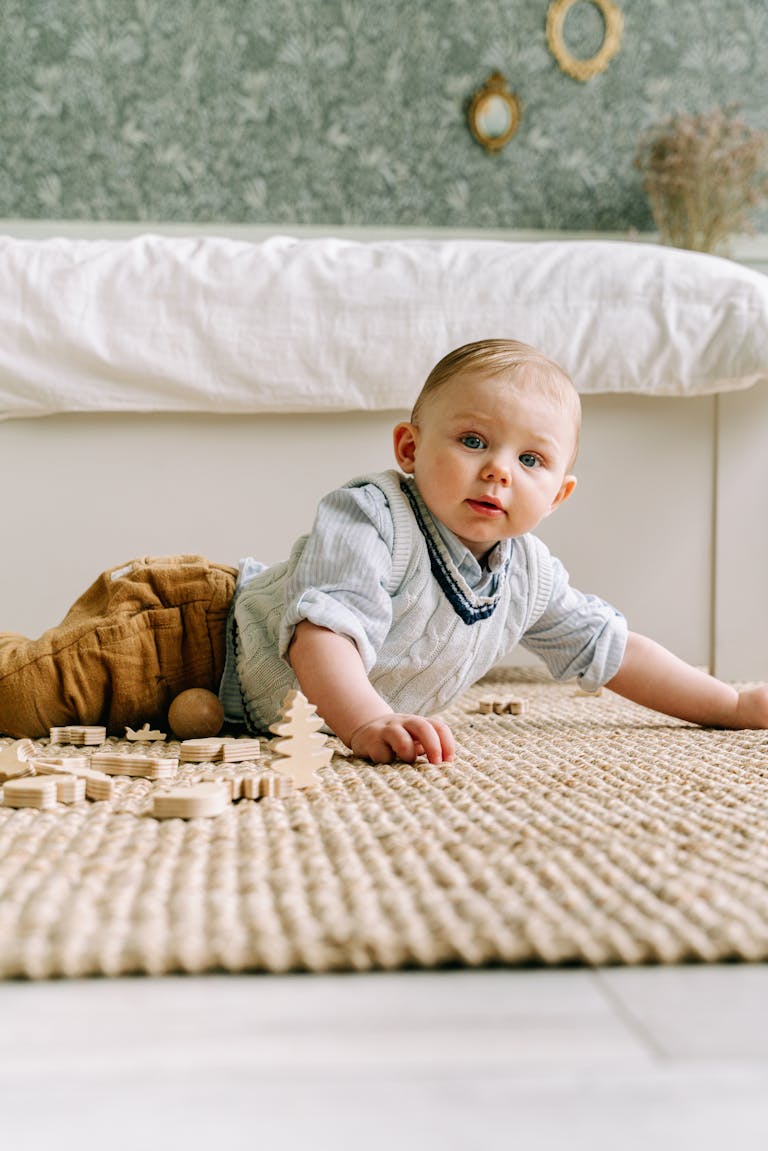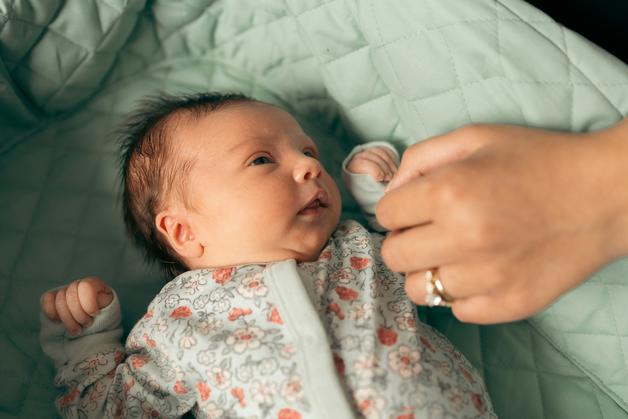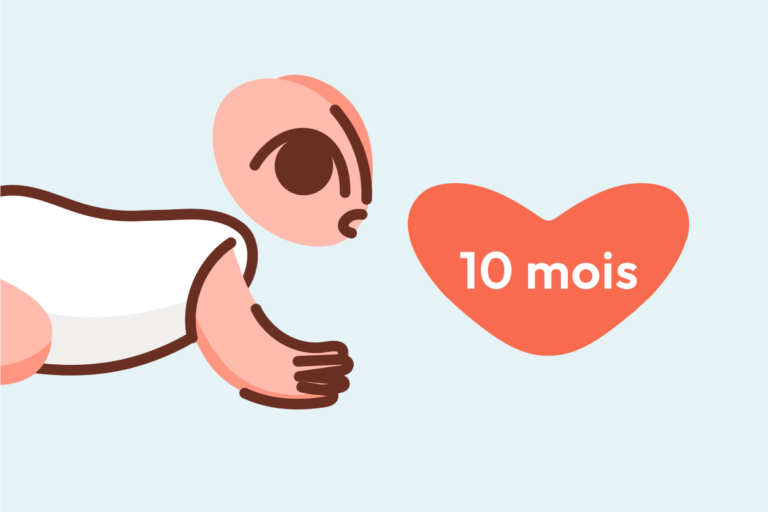Looking at your little one’s scalp and noticing thick, flaky, sometimes greasy scales clinging tenaciously to their hair? Perhaps you find yourself scanning for answers. Is this normal? Is my baby uncomfortable? Could cradle cap mean something serious for their health—or for my care routines? These questions are universal among new parents facing those distinctive white or yellowish patches called “cradle cap”. Yet the emotional journey—balancing concern, vigilance, and reassurance—often goes unspoken. Understanding where cradle cap comes from, what it means for your baby, and how best to handle it, can lift a significant weight off your mind. From the medical underpinnings—like sebaceous gland overactivity and the role of harmless skin yeasts—to practical management and prevention, let’s explore what truly matters.
What Exactly Is Cradle Cap?
Cradle cap, explained simply, stands for infantile seborrheic dermatitis—a condition both widespread (touching up to seven out of ten babies within the first three months of life) and, in the vast majority of cases, completely benign. Those tough, greasy, yellow or white flakes stuck to the scalp? Classic hallmark. Sometimes these scales edge into the eyebrows, or sneak behind tiny ears. Underneath, the skin might appear a bit pink, or, for darker skin, slightly lighter or darker than the rest. But pause here: cradle cap isn’t itchy, nor does it typically trouble the baby.
Why does cradle cap appear? Medical science leans toward a blend of overactive sebaceous (oil) glands (stimulated by maternal hormones lingering from pregnancy), and the active presence of skin yeasts like Malassezia—which feast on the oils and, in turn, accelerate the buildup and mild inflammation. Not about hygiene. Not your fault. Not contagious. Just a quirk of early development, running its course as the baby’s hormone levels stabilize.
Signs and Symptoms: What Should You Spot?
Parents often wonder—does cradle cap look the same for everyone? Not quite, though certain signs repeat themselves:
- Thick, white or yellowish scales, sometimes crusty, strongly adhering to the scalp
- Greasy patches that can extend to eyebrows, eyelids, or the delicate folds behind the ears
- Mild redness or subtle changes in skin colour beneath or around the flakes
- In rare instances, if the skin gets scratched or broken, there could be irritation or signs of infection (like oozing or swelling)
Most notably, your baby should not seem upset or in pain because of cradle cap. If they look irritable, or you see extensive redness, it’s time to take a closer look—or consult your health professional.
Causes: Medical Background, Not Parental Error
The true origin of cradle cap is layered—both literally and medically. At its root is the excess sebum (skin oil) production, switched on by hormones (especially those still circulating post-pregnancy). This oil mixes with dead skin cells, which aren’t being shed quickly enough, resulting in those stubborn patches. Alongside, the skin yeast Malassezia flourishes in this oily microenvironment, amplifying the scaling effect. Some families observe a tendency for cradle cap to run across siblings—hinting at a genetic flavor.
Environmental elements—humidity, warmth—can play supporting roles, but are rarely the primary culprits. Allergies or infection? Not at fault.
Practical Management: Daily Routines and Medical Guidance
Gentle Home Care for Cradle Cap
The temptation to scrub, scratch, or apply fragrant home remedies is real—but restraint is the kindest ally here. Here’s what dermatologists and paediatricians agree helps most:
- Use a mild, fragrance-free shampoo formulated especially for babies. Lather gently, ensuring the scalp is rinsed thoroughly.
- Before shampooing, apply a dab of petroleum jelly or a few drops of a baby-friendly oil (such as coconut oil, sweet almond oil or mineral oil) to soften stubborn scales. Wait 15-20 minutes if daytime, or overnight for persistent cases.
- Gently loosen the softened scales with a soft-bristled baby brush—never pick or scrape forcefully.
- Regular brushing (several times a day) is effective if gentle, as is cleaning the brush itself with warm soapy water.
If, in brushing, you notice strands of hair coming away with the scales—don’t panic. This hair loss is temporary, and regrowth is the norm as scalp health returns.
Safe and Natural Soothing Options
Some households rely on breast milk—applied sparingly to provide moisture and soothing. Calendula cream, chamomile hydrosol, or liniment (an olive oil and lime water emulsion) are used, but with medical vigilance: always check for allergies, and trial on a small patch first. Shea butter and apple cider vinegar (diluted correctly with filtered water, never used neat) also make cameo appearances, yet gently is always the word.
Avoid over-the-counter “anti-dandruff” shampoos or medicated lotions unless specifically given for infants by a doctor. No matter how tenacious the flakes, do not scratch or pick—the risk of irritation, infection and secondary bacterial colonization rises sharply.
Prevention: Balancing Routine and Realism
Wondering if you can stop cradle cap before it begins—or avoid its stubborn return? Regular, careful scalp hygiene holds value:
- Cleanse with a baby-specific, gentle shampoo once or twice a week; over-washing strips nourishing oils and may backfire.
- Use a soft brush for daily scalp stimulation and removal of loose flakes.
- Apply a light layer of safe, dermatologist-approved oil if dryness is visible, but avoid excessive moisturisation.
Despite best efforts, cradle cap may recur—don’t be discouraged. The condition naturally resolves once hormone-driven oil production settles.
When to Consult Your Paediatrician
Though cradle cap is nearly always mild, certain warning flags signal the need for a doctor’s input:
- The condition persists for more than two weeks with regular home care
- Redness, swelling, foul odour, oozing—all point to potential infection requiring professional attention
- The rash spreads from scalp to face, diaper area, underarms, or belly button
- Your baby seems unwell, develops a fever, or shows marked irritability
- After weeks of gentle care, no improvement is seen or the condition worsens
Doctors distinguish cradle cap from conditions with similar appearances but different treatments—such as eczema (note, very itchy), tinea capitis (fungal scalp infection), or impetigo (bacterial crusts).
Cradle Cap Beyond Infancy: Older Children and Adults
Seborrheic dermatitis persists beyond infancy in certain families—adapting new forms. Instead of greasy crusts, you might see dry flaking, redness, and sometimes itching, not only on the scalp, but also on the face, behind the ears, or even chest. For this age group, paediatricians and dermatologists may recommend specific antifungal or anti-inflammatory shampoos and creams—zinc pyrithione, ketoconazole, or selenium sulfide being common choices. Hair loss, if any, reverses with resolution.
Key Takeaways
- Cradle cap is an extremely common, harmless scalp condition in young babies—reflecting normal body changes, not poor hygiene.
- The core triggers are excess oil production driven by hormones and the presence of normal skin yeasts.
- Managing cradle cap means using gentle, regular washing, safe oils, and a soft brush—never forceful peeling or harsh products.
- Most cases of cradle cap resolve on their own within months, leaving no lasting damage or discomfort.
- Signs of infection, spreading rashes, or prolonged persistence call for prompt medical evaluation to ensure safe recovery.
- Support and information from experienced healthcare professionals is invaluable—parents can download application Heloa any time for individualized advice, and free health check questionnaires tailored to children’s needs.
Questions Parents Ask
Can cradle cap cause hair loss in babies?
Occasionally, as those stubborn flakes give way, little strands of hair can come off with them. This shouldn’t alarm you; the hair almost invariably grows back as the skin heals and the cradle cap resolves.
Is cradle cap painful or itchy for my baby?
For most infants, cradle cap is completely comfortable—no pain, no itching. If your baby starts scratching, seems irritable, or the scalp appears particularly inflamed, consider whether a different skin issue is at play or if there’s secondary irritation.
Does cradle cap spread to other parts of the body?
While the scalp is the prime real estate for cradle cap, eyebrows, eyelids, and even behind the ears or in skin folds (like armpits or the diaper area) can show similar patches. Still, if you notice widespread or quickly spreading changes, have a doctor check—it’s best to rule out other dermatological explanations.
More information can be found through trusted sources, or reach out to a medical professional for guidance tailored to your child’s unique needs.
Further reading:

